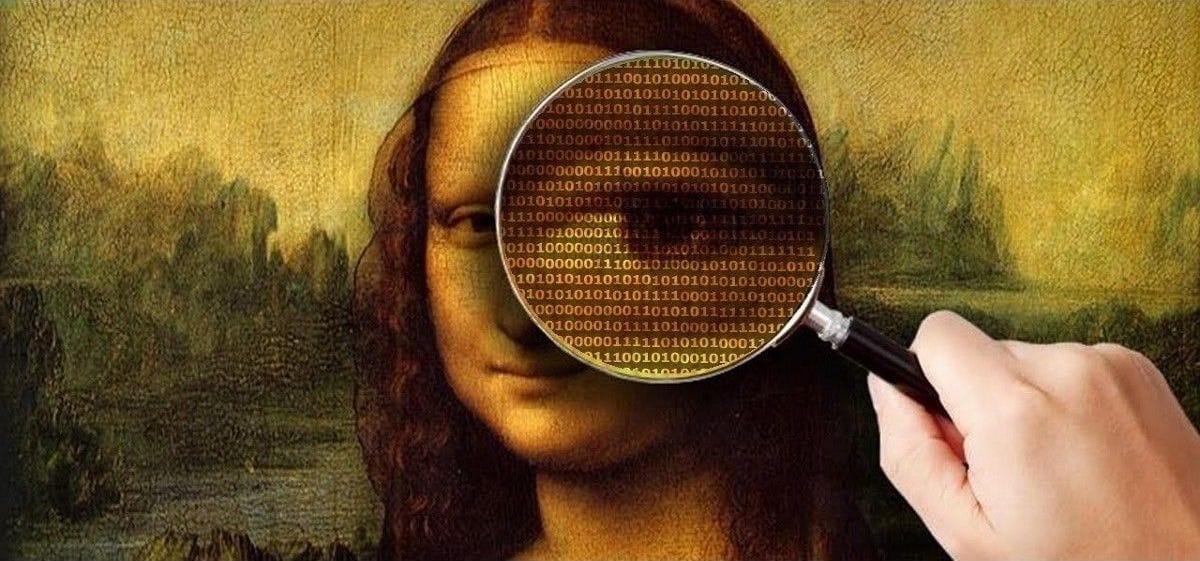The Art of Steganography: Concealing Data in Plain Sight
Steganography is the practice of concealing secret information within an innocuous carrier medium, such as an image, audio, video, or text file, without arousing suspicion.

Introduction
Steganography is the practice of concealing secret information within an innocuous carrier medium, such as an image, audio, video, or text file, without arousing suspicion. Unlike cryptography, which focuses on encrypting data to make it unreadable, steganography aims to hide the existence of the data itself. In this article, we will explore the techniques and tools used in the art of steganography.
The Basics of Steganography
Steganography has been used throughout history, dating back to ancient times. One of the earliest examples is the use of invisible ink to write secret messages on parchment. Today, with the advancement of technology, steganography has evolved to exploit the digital realm.
The basic principle of steganography is to embed the secret information, also known as the payload, into the carrier medium, known as the cover. The goal is to make the alterations to the cover as imperceptible as possible, ensuring that the hidden data remains undetectable to the human eye or any automated analysis tools.
Techniques of Steganography
LSB Substitution
One of the most common techniques used in steganography is Least Significant Bit (LSB) substitution. In this technique, the least significant bits of the cover file are replaced with the bits of the payload. Since the least significant bits have the least impact on the overall appearance of the cover file, this method ensures minimal visual or auditory distortion.
For example, in an image file, each pixel is represented by three color channels: red, green and blue. By modifying the least significant bits of each channel, it is possible to embed the payload without significantly altering the visual appearance of the image.
Spread Spectrum
Spread Spectrum steganography is another widely used technique. It involves spreading the payload across multiple carrier files, making it harder to detect. This technique takes advantage of the fact that small alterations in multiple files are less noticeable than significant changes in a single file.
For instance, in audio steganography, the payload can be divided into small chunks and distributed across different audio files. When these files are played sequentially, the hidden message can be reconstructed.
Text-based Steganography
Text-based steganography involves concealing information within a text document. Various methods can be employed, such as altering the font spacing, using invisible characters, or even embedding the payload within seemingly innocuous sentences.
For example, a common technique is to use the first letter of each word in a paragraph to spell out the hidden message. To the casual reader, the text appears normal, but to someone aware of the steganographic technique, the hidden message can be extracted.
Tools for Steganography
Several tools are available to aid in the practice of steganography. These tools provide a user-friendly interface and automate the process of hiding and extracting data.
Steghide: Steghide is a popular command-line tool that allows users to embed and extract data from various file types, including images and audio files. It uses strong encryption algorithms to secure the hidden data.
OpenStego: OpenStego is an open-source steganography tool that supports LSB substitution and spread spectrum techniques. It provides a graphical user interface and supports various file formats.
Invisible Secrets: Invisible Secrets is a commercial steganography software that offers a wide range of features, including text-based steganography, encryption and password protection. It supports both Windows and Mac operating systems.
Conclusion
Steganography is an intriguing art that allows for the covert transmission of information. With the advancement of technology, steganography techniques have become more sophisticated, making it increasingly challenging to detect hidden data. As a result, steganography continues to be a valuable tool for those seeking to protect sensitive information or engage in covert communication.



